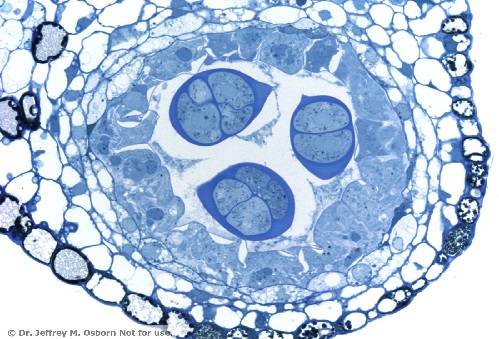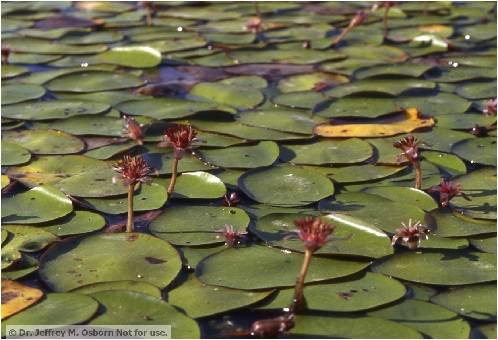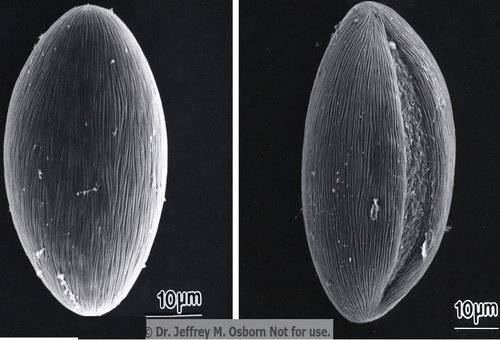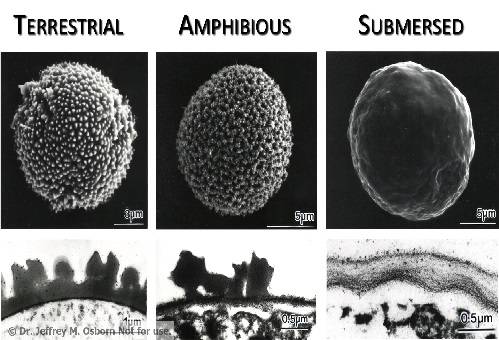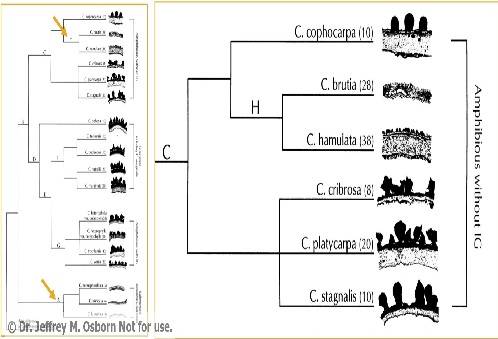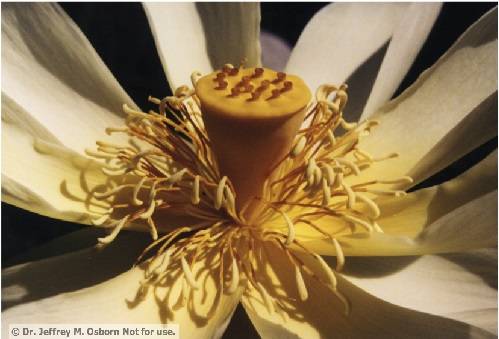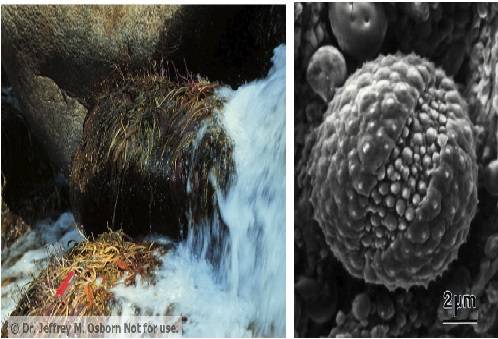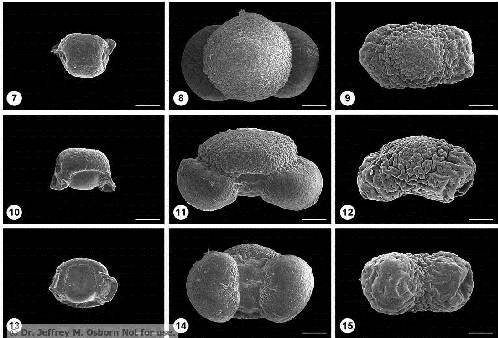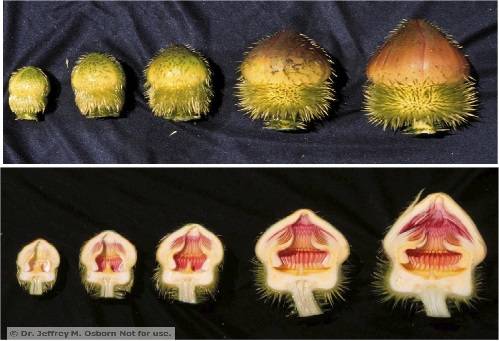Project Topics / Abstracts:
“Comparative pollen morphology and ultrastructure of the Callitrichaeae”
The Callitricaeae are an aquatic family of dicots that include the single, geographically cosmopolitan genus Callitriche. Callitriche contains 40-50 terrestrial, amphibious, and obligately submersed species, and it is the only known genus in the plant kingdom with co-occurring aerial and hydrophilous pollination syndromes. Pollen morphology and ultrastructure were described for 13 Callitriche species using scanning electron and transmission electron microscopy. Respresentative taxa of each growth form were examined: these included three terrestrial species (C. deflexa, C. peploides, and C. nuttalii), nine amphibious species (C. brutia, C. cophocarpa, C. cophocarpa-stagnalis hybrid, C. cribrosa, C. hamulata, C. hereophylla var. heterophylla, C. lusitanica, C. marinata, and C. trochlearis), and one obligately submersed speices (C. truncata). Of the amphibious taxa, C. heterophylla var. heterophylla and C. trochlearis had internal geitonogamy a type of internal self-fertilization. Pollen from all taxa was spheroidal, small intectate, and lacked well-defined apertures. Taxa primarily differed with respect to exine thickness, surface ornamentation, and the presence or absence of aperture-like regions. The pollen of terrestrial species, as well as that of C. marginata, has well-developed exines with thick sculptured and basal layers. In general, amphibious taxa produced pollen with distinct, but thinner, exines than that of terrestrial taxa. Pollen of the amphibious taxa with internal geitonogamy, whereas the overall exine was reduced in C. hamulata and absent in C. brutia and C. lusitanica. Pollen of the obligately submersed C. truncata also lacked an exine. These palynological data were correlated with growth habits and related pollination biologies, as well as with phylogenetic interpretations of Callitrichaeae. Exine reduction or loss has evolved at least twice in the family, and it is associated with aneuploid reduction in chromosome number.
“Comparative pollen morphology of co-occuring light-flowered and dark-flowered Viola pedata (birdfoot violet)”
Viola pedata (Violaceae), or birdfoot violet, is a species native to Missouri. This species is unusual in that it produces both light (LT) and dark (DK) flower morphs. The five petals of the LT morph are lilac-colored, whereas in the DK morph the two upper petals are dark violet and the three lower petals are lilac. The source of variation and the biological significance of the co-occurring flower morphs are unclear; however, recent ecological work has shown a significant correlation between morph proportions in populations and the relative numbers of ovules of the two types. In the present study, pollen morphology form the LT and DK morphs of Viola pedata was comparatively examined using scanning electron microscopy to ascertain if the floral variation also exists at the palynological level. Pollen grains from the two forms were compared with regard to the following characters: shape, size, surface sculpture, aperture type, aperture size, and aperture ornamentation. In addition to perhaps providing insight into the polymorphic nature of Viola pedata, this study will contribute to the understanding of pollen morpholy in the genus Viola overall. Very few investigations have focused on Viola pollen, and none of these have been carried out at the electron microscopical level.
Publications:
- Cooper, R. L., J. M. Osborn, and C. T. Philbrick. 2000. Comparative pollen morphology and ultrastructure of the Callitrichaceae. American Journal of Botany 87: 161-175. Article (PDF)
- Osborn, J. M., G. El-Ghazaly, and R. L. Cooper. 2001. Development of the exineless pollen wall in Callitriche truncata (Callitrichaceae) and the evolution of underwater pollination. Plant Systematics and Evolution 228: 81-87. Article (PDF)
Presentations:
1995
- National Ronald E. McNair Student Research Conference (Delavan, WI)
- California McNair Scholars Symposium (Berekley, CA)
- Ronald E. McNair Undergraduate Research Symposium (Kirksville, MO)
- Tri-Beta Biological Honor Society Regional meeting (Steelville, MO)
1996
- Truman Undergraduate Research Symposium (Kirksville, MO)
- Botanical Society of America (Seattle, WA)
- National Conference on Undergraduate Research (Asheville, NC)
- Sigma Xi Student Research Symposium (Kirksville, MO)
- Truman Undergraduate Research Symposium (Kirksville, MO)
1997
- National Conference on Undergraduate Research (Austin, TX)
- Truman Undergraduate Research Symposium (Kirksville, MO)
- Tri-Beta Biological Honor Society Regional Meeting (Steelville, MO)



